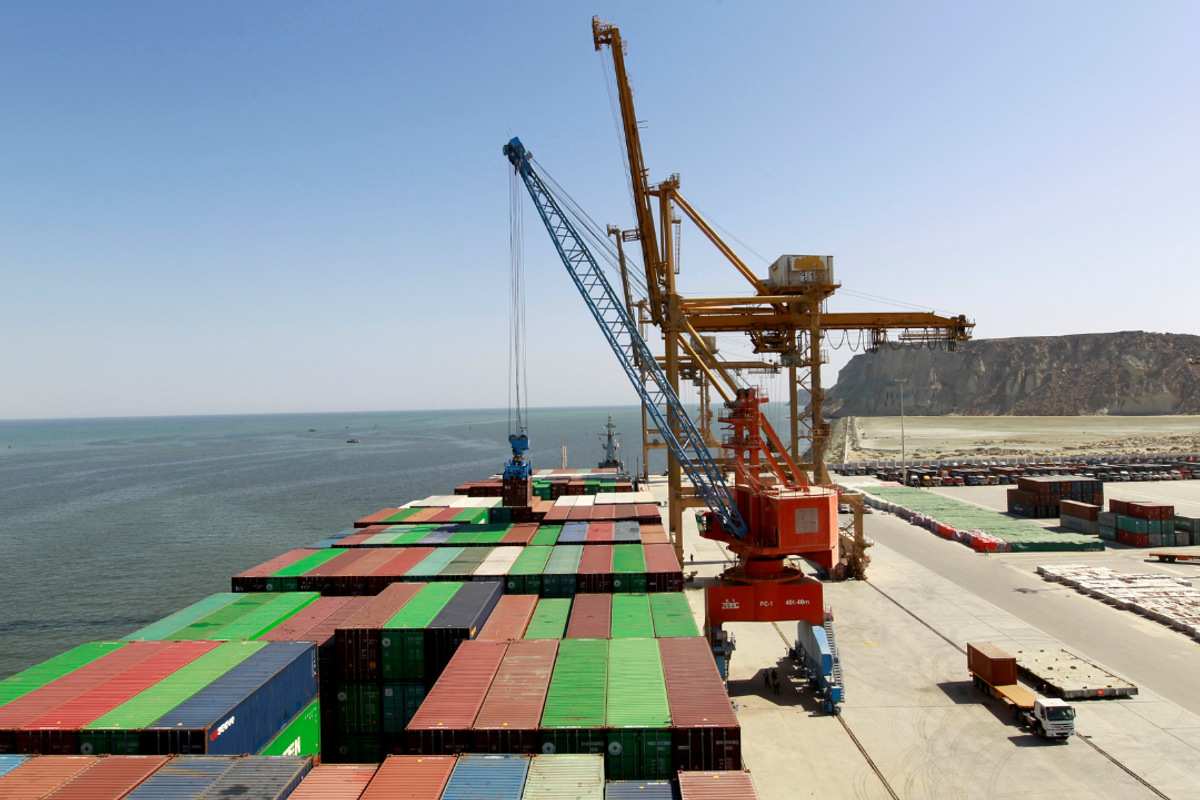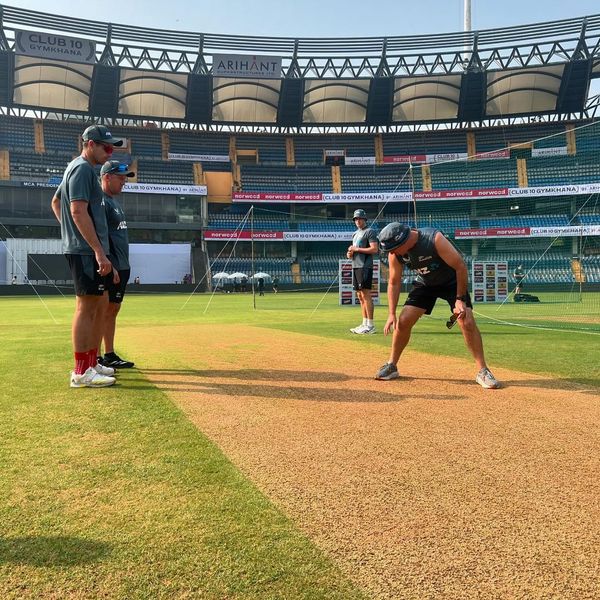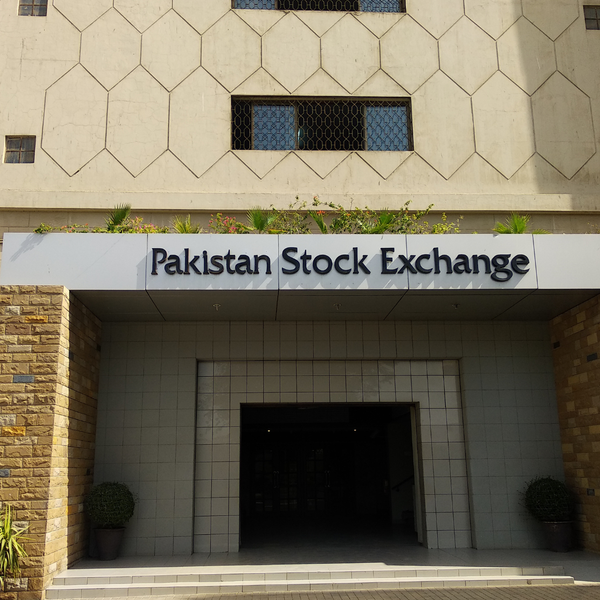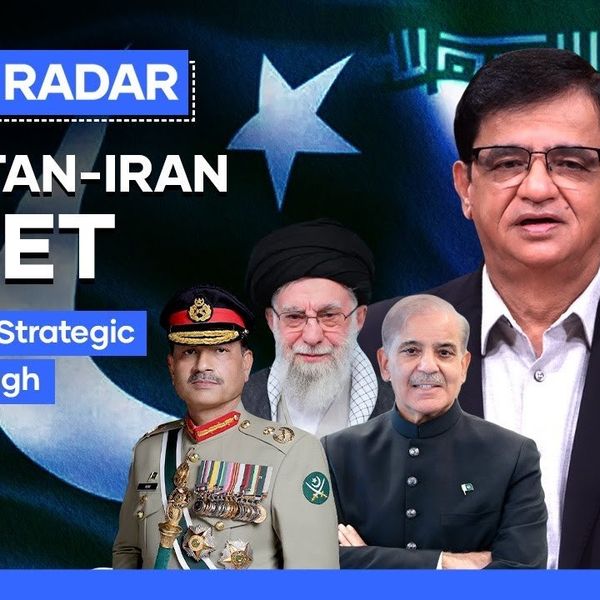Pakistan unveils ambitious tariff reform plan to boost trade by 2030
New National Tariff Policy to phase out duties, open auto sector, and simplify regulatory landscape

Haris Zamir
Business Editor
Experience of almost 33 years where started the journey of financial journalism from Business Recorder in 1992. From 2006 onwards attached with Television Media worked at Sun Tv, Dawn Tv, Geo Tv and Dunya Tv. During the period also worked as a stringer for Bloomberg for seven years and Dow Jones for five years. Also wrote articles for several highly acclaimed periodicals like the Newsline, Pakistan Gulf Economist and Money Matters (The News publications)

A container is loaded on to the Cosco Wellington in Gwadar, Pakistan
Reuters/File
Pakistan has finalized a wide-ranging tariff reform agenda under the upcoming National Tariff Policy (NTP) 2025–30, set to take effect on July 1, following cabinet approval and its incorporation into the Finance Act for fiscal year 2026, according to a recent document from the International Monetary Fund.
The policy aims to substantially reduce trade barriers by eliminating additional customs duties (ACDs), slashing regulatory duties (RDs) by 80%, and overhauling the 5th Schedule to the Customs Act. These measures are projected to reduce the weighted average applied tariff from 10.6% in FY25 to 7.4% by FY30.
Going forward, the government has pledged to avoid introducing new RDs and will focus on aligning protectionist policies—particularly in the automobile sector—with global trade practices. Under the Auto Industry Development and Export Policy (AIDEP) 2021–26, current trade protections are extensive and impose high costs on consumers, the government acknowledged.
To address vehicle affordability and improve consumer access, Pakistan will progressively reduce protection for the auto sector starting July 1, 2026. All ACDs and RDs will be phased out, and customs duties will be substantially reduced. When combined with the broader NTP reforms, the weighted average tariff is expected to fall below 6% by FY30.
Additionally, Pakistan will remove all quantitative restrictions on the commercial importation of used motor vehicles during the first quarter of FY26. This policy shift will initially apply to vehicles less than five years old that meet minimum environmental and safety standards. Supporting legislation is expected to be submitted to parliament by July 2025.
A regulatory and testing regime for safety and environmental standards of imported used vehicles will be implemented in FY26, replacing the existing vehicle age limit from July 2026. Tariff rates for used vehicles will be initially set 40% higher than those for new vehicles, with a gradual annual reduction of 10 percentage points until the premium is phased out by 2030.
The government also plans to address non-tariff barriers (NTBs) and will complete a stock-take of the existing export-import policy order by December 2025, aiming to eliminate distortionary measures.
In the auto sector, additional duties applied to “localized” items and inputs will be phased out. Special duties imposed through SRO 655(I)/2006 and the 5th Schedule of the Customs Act will also be gradually removed. These principles will extend to new electric vehicle production, with tariffs and preferential tax treatment on inputs set to be regularized.
By July 2026, the government aims to extend the policy of removing preferential treatment for local production to other industries. The transition will occur gradually through FY30 in consultation with relevant ministries.
To further simplify the regulatory environment, the government has drafted the Asaan Karobar Act, designed to reduce bureaucratic inefficiencies and support business activity. The Act includes measures such as establishing a single-window business registration system, creating an electronic registry for business-related records, and eliminating redundant regulatory requirements.
The federal cabinet has already approved the draft legislation, which will be tabled in parliament by June.










Comments
See what people are discussing